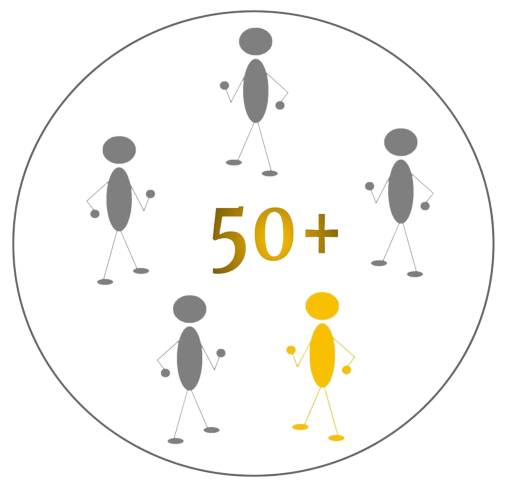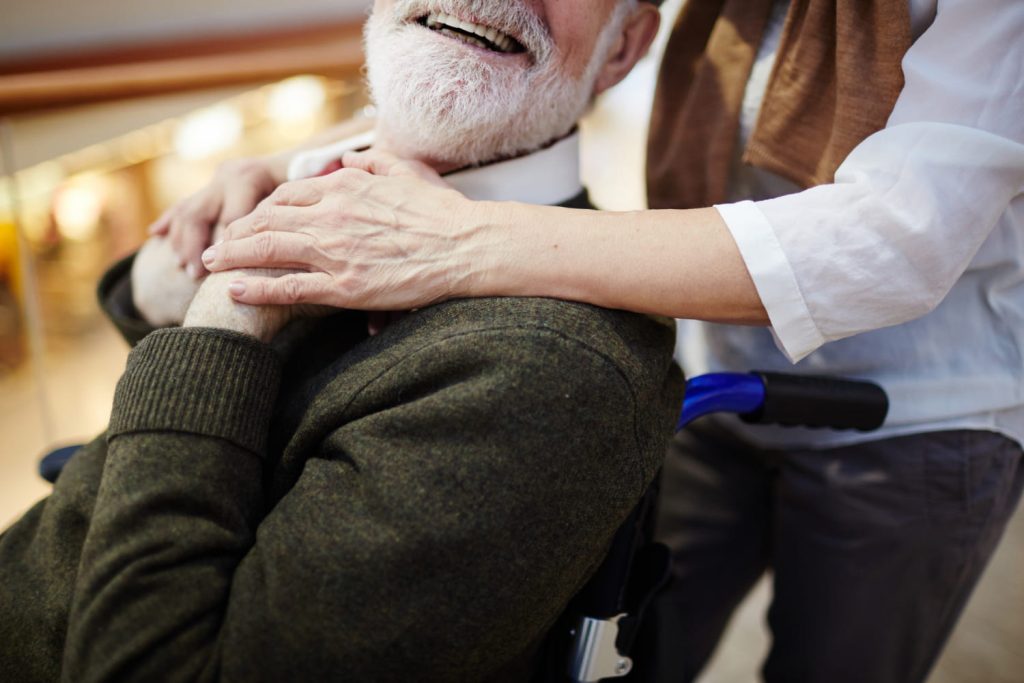
EFFECTIVE COMMUNICATION – Digital Body Language
Today, communication was included in our daily lives intensly in digital channels besides face-to-face communication. t is even possible to say that digital communication methods have become more widespread than face-to-face communication. Because digital communication has almost eliminated the concept of time and space. The Internet has created the opportunity to communicate with someone thousands of kilometers away at any moment of the day, near and far.
Picture transmission, which took place in the process of invention of writing in the history of humanity, has again become important with digital socialization. Emojis and caps have become important elements of daily correspondence. Emojis have managed to reach the position that we can call the common language of the digital world. We attribute meanings to emojis and ensure effective communication in the digital world accordingly. Instead of the act of writing, feelings and thoughts began to be met with these symbols. It is not a hundred percent possible to accurately convey the intensity of emotion felt by the individual through emojis. But this does not cause a complete break from communication skills in daily life.
In daily life, we communicate effectively using body language, gestures, facial expressions, physical posture, facial expressions and eye movements. In fact, body language greatly facilitates and reinforces communication. But is it that easy to communicate over the internet when we do not share the same place with anyone and do not see each other? No, it’s not easy. Because we can make our communication more effective by using our body language, tone of voice and mimic movements in face-to-face, video or audio communication. Similarly, we can make our communication effective by using digital body language in the virtual environment. We must ensure that the message we give is understood correctly and that the individual, spiritual and social position can be perceived correctly. Increasing the effectiveness of communication in the virtual environment and supporting what is meant with symbols, emojis, caps or abbreviations will make communication more effective. Emojis and symbols will help you when it is not possible to use body language, voice and breath as a requirement of the internet environment. However, in order to communicate effectively, the better you know the communication symbols and emoji language, the more you can keep them up-to-date, the more successful you will be in communicating effectively. However, it is useful to know that most communication processes in digital environments come and go like products of popular culture. These symbols, which were used a lot among young people in the past, are now used more in the digital communication of middle-aged and elderly people. In fact, we see in various studies that young people do not use emoji-like symbolic communication indicators much anymore and even describe it as an insincere element.
For effective communication, how you say it is as important as what you say. Just like in our daily lives, how you say it in digital environments is just as important as what you say. Details such as the punctuation marks or emojis you use in your mail and how you speak in video meetings change and shape your digital body language, that is, the way you say it. Think about the last email you sent for work. Did their sentences end with a period or exclamation point, or did you drop punctuation altogether? Was it emoji or plain text, did you reply quickly, or did you respond late with an apology? Now consider talking to your friend. Did you spend a lot of time searching for stickers suitable for the event, did you interrupt in group messages and log in with a completely different topic, did you use too many emojis? Or did you use the right emoji in the right place? It is useful to ask these questions to yourself during communication.
If you want to be effective and understandable through the words you use while conveying your messages in the virtual environment, you should take care that the sentences you use are in harmony with your wishes and include courtesy. Remember, the fluency of your sentences, paying attention to spelling rules, regular or irregular sentences, necessary or unnecessary abbreviations will give clues about your characteristics to someone who does not know you fully. Like our physical body language, digital body language is full of clues that point to things like our mood or interaction, and it changes the meaning of words spoken in a text, phone, or video call. In this case, you should be very careful and take care to be in the right position in the mind of the person who is trying to define your personal characteristics. If you are texting at the same time with the person or group you are communicating with, you should be careful not to interrupt the conversation of the other person, just like face-to-face conversation, and wait for the message to come from her/him. If you do not follow this rule, you may run the risk of not being able to talk about the same topic and you may lose your focus in your communication. This will be difficult for both parties in terms of tidying up the issue, perhaps you will not be able to return to the same topic. Even if there is a joke there, it will be able to disappear.
In general, body language in our daily life is non-fiction. In digital body language, communication is often fictional. You can use your logo, photo, avatar, etc. you choose. You can write poetry without memorizing any poetry. You can put photos that do not belong to you or that have been corrected. However, most of the time, this situation will not express yourself and lead to a temporary happiness in the satisfaction created by the virtual environment. The convenience of communication in the virtual environment may cause your articles to be full of errors and inconsistency of your transfers (quote: TRT Haber –Turkiye, Prof. Dr. Mehmet Sezai).
How much does digital body language define us? Most of the time, in our daily life, we can take a positive or negative decision about a person within 30 seconds by looking at their visuals. The physical image of the person, gestures and facial expressions, looks, gestures and usage, posture, clothing, use of accessories, tone of voice make it easier for us to define him and create an image about him. However, in the digital environment, this can be defined as far as the user’s approach to the person with whom he/she has constructed and communicated. In this definition, although the user’s writing and sharing style creates awareness and appeal, it is said that the issue of trust is the most important determining factor in defining the person. Psychologists have long said that digital communication can create misunderstandings. Today, even effective digital communication trainings are given. What is needed for digital communication to run in a healthy way is to emphasize trust, as in traditional communication (quote: TRT Haber –Turkiye, Prof. Dr. Mehmet Sezai).
In addition to the benefits of digital communication, there are also negative aspects that should be considered. In real life surrounded by social and legal norms, people are aware that they do not have unlimited freedom. However, in digital life, the user acts by thinking that he has the freedom to do what he wants with fake accounts or due to ignorance. This situation causes the communication to be insecure, fake and of poor quality instead of getting better, stronger and of good quality. You should be very careful against fake accounts, when you guess that an account is fake, you should cut off communication with that account immediately. If that fake account was opened in the name of an acquaintance, immediately inform the person you know about the matter. Of course, understanding whether an account is fake is related to the development of our digital perception. Like any skill, perfecting your digital body language takes practice. What do you say? Shall we use digital body language a lot to practice more? 😉
Thanks!Cited source: TRT News –Turkiye





